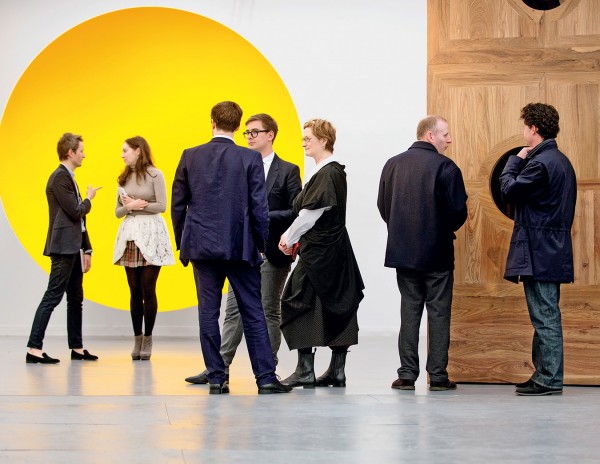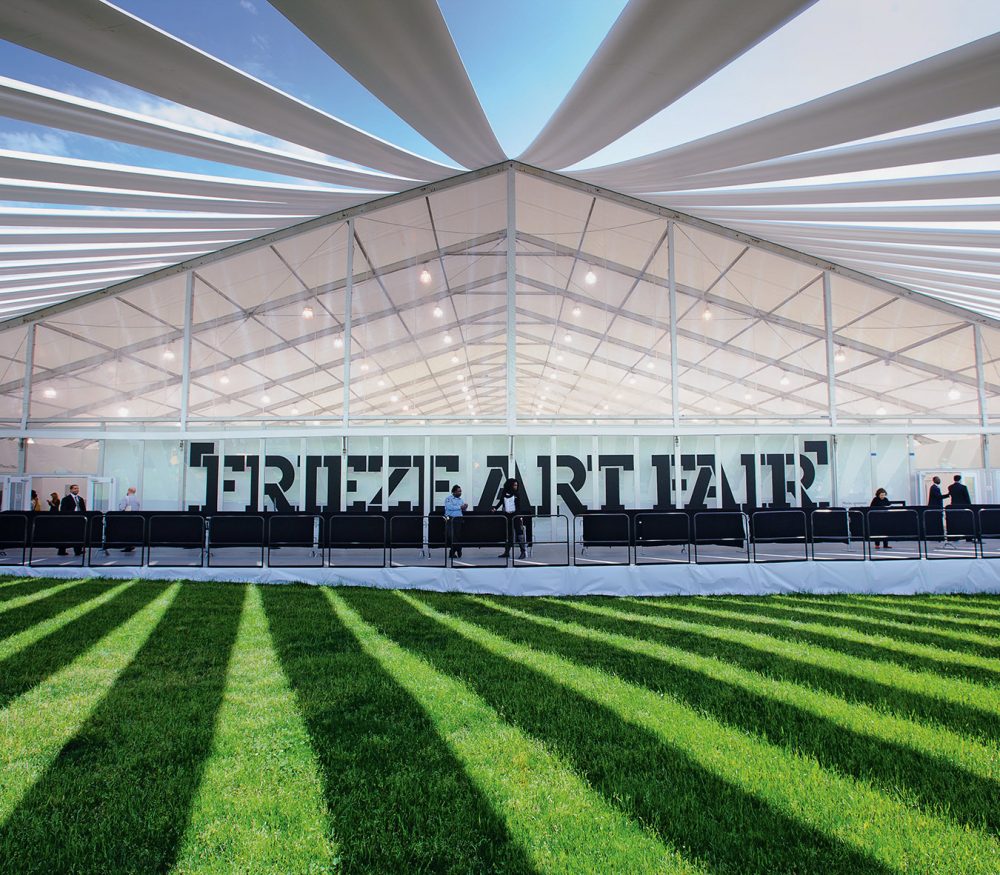In 2009, the annual Grosvenor House Art & Antiques Fair in London was evicted unceremoniously from the Grosvenor House (a JW Marriott hotel) for economic reasons. The Grosvenor Fair had run every year for 75 years (except during the Second World War), and became a fixture of the English Season summer event series. When it started, quite decadently, in the 1930s, it was groundbreaking, bringing dealers together under one gilded roof, and since then has represented the pinnacle to which all other art fairs aspired. That such an institution of the art world should suffer from a lack of financial viability shook the art market to the core, and reminded even the most successful of dealers that no one was immune to the ever-changing vicissitudes of the buying public. The more traditional art fairs, many of which include old master paintings and antique dealers, are slowly being sidelined and closed, while contemporary art fairs seem to be proliferating like Jeff Koons’s proverbial bunnies.
One may well ask why this shift is occurring, and there are a number of factors: the changing tastes of collectors; the ever-lessening availability of quality traditional art and antiques and the ever-replenishing supply of contemporary art (approximately 70 per cent of global fine art sales are generated by modern and contemporary art); and finally, the effects of the Internet on how people buy and collect art. Any dealer, in contemporary or historical art, will admit that the primary reason to take part in an art fair, perhaps even before selling, is to meet new clients.
Participating in a world-class fair comes at no small cost. Dealers can pay from $10,000 to over $80,000 just to rent a space, on top of which they need to pay for the design and set-up of a stand, the transportation of the works of art, and the staff necessary for the two-to-ten days for which most fairs run. Additionally, it is a risk, as it is difficult for a dealer to recoup the money spent, but it is a gamble that most dealers cannot afford to miss. Clare McAndrew, a cultural economist who wrote a report for the European Fine Art Foundation (TEFAF), found that the dealers included in her study conducted 31 per cent of their business at art fairs.

Guests admiring artworks by Anish Kapoor (Untitled, 2010), and Ai Weiwei (Moon Chest, 2008). Photo: Linda Nyland, courtesy of Frieze.
What of the newcomers to the fair scene? By far the most successful of these is the Frieze series, which has, after a decade in London, premiered a new fair in New York, which took place from May 4–7, and Frieze Masters, which debuts in London on October 11–14. Frieze New York proved to be groundbreaking in a number of ways, not the least of which was the location on Randall’s Island in the East River. The fair featured over 180 galleries from 30 countries, and hosted at least 45,000 visitors in four days, with tickets for the Saturday and Sunday sold out. By setting the fair on an island, the fair’s organizers, Oxford graduates Matthew Slotover and Amanda Sharp, had shrewdly set up the fair as a destination. Another feature that undoubtedly led to the success of the fair was the introduction of “Focus”, a section that gave exposure to a number of galleries opened in or after 2001, showing a presentation of up to three gallery artists. This is not a complete innovation; the organizers of the legendary TEFAF Maastricht art fair, the grand dame of European art fairs that was founded in 1988, pioneered this idea in 2008 with their “Showcase”, expressly so that younger dealers and galleries might gain invaluable experience participating in an international fine art fair.
It is this next generation of dealers who may well alter the face of art dealing and collecting in the years to come. With this technologically savvy generation, eBay and other art websites such as 1stdibs will likely change how people collect. While the idea of buying large-scale art and antiques from the Internet, sight unseen, may strike some as a bit risky, there can be no doubt that it will become increasingly common. Many, however, do not believe that the virtual art market will make actual art fairs obsolete, owing largely to their perceived glamour. Art fairs are spectacles, encouraging a “see and be seen” culture, typically held in fashionable places, featuring gala benefits and champagne bars. In this way, the new fairs today are no different from the early Grosvenor fairs. Plus ça change, plus c’est la même chose.









